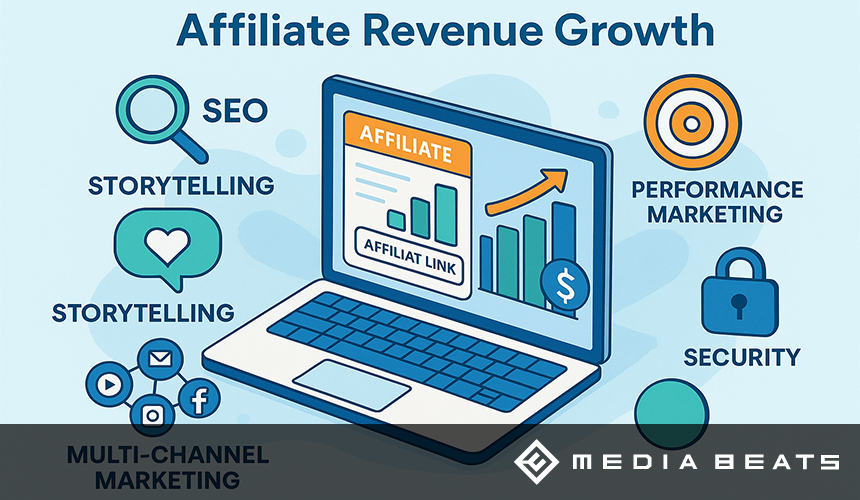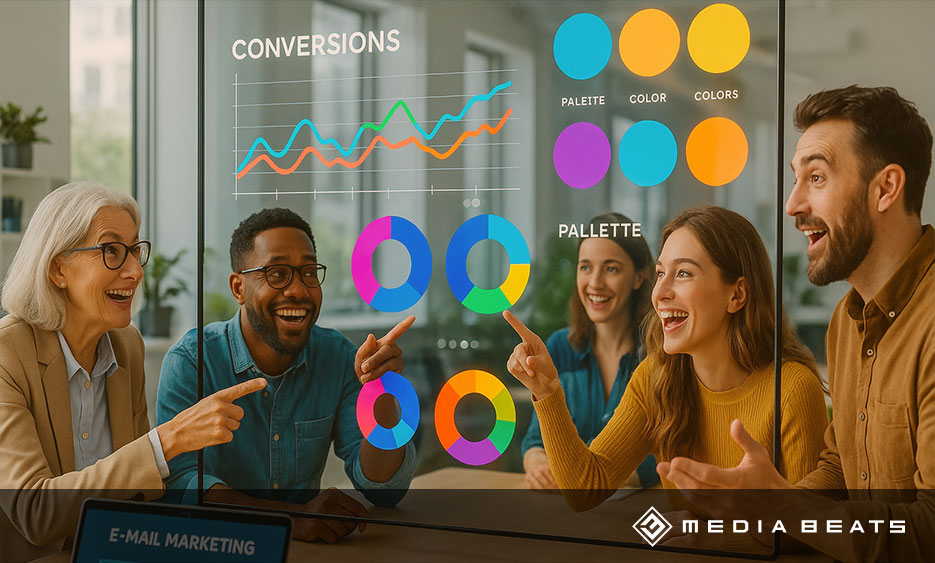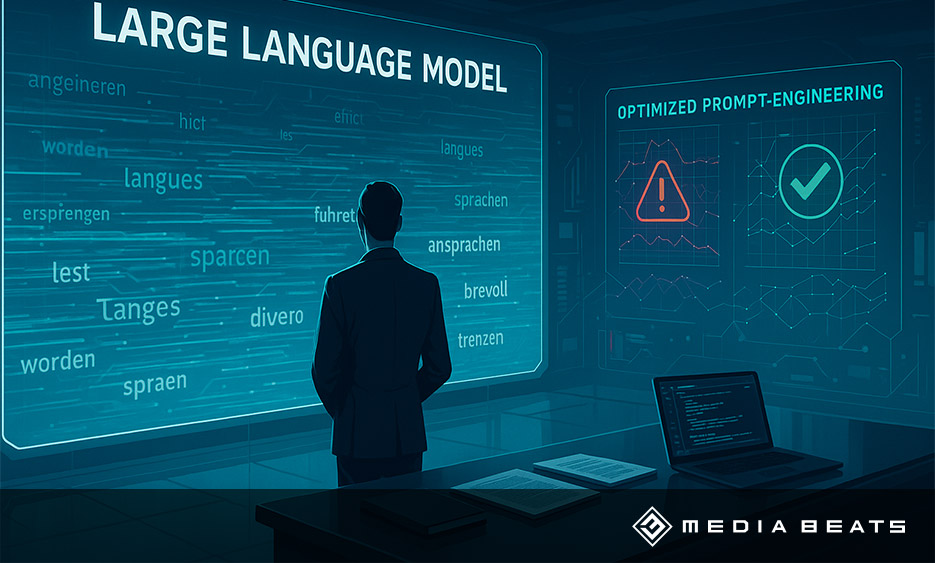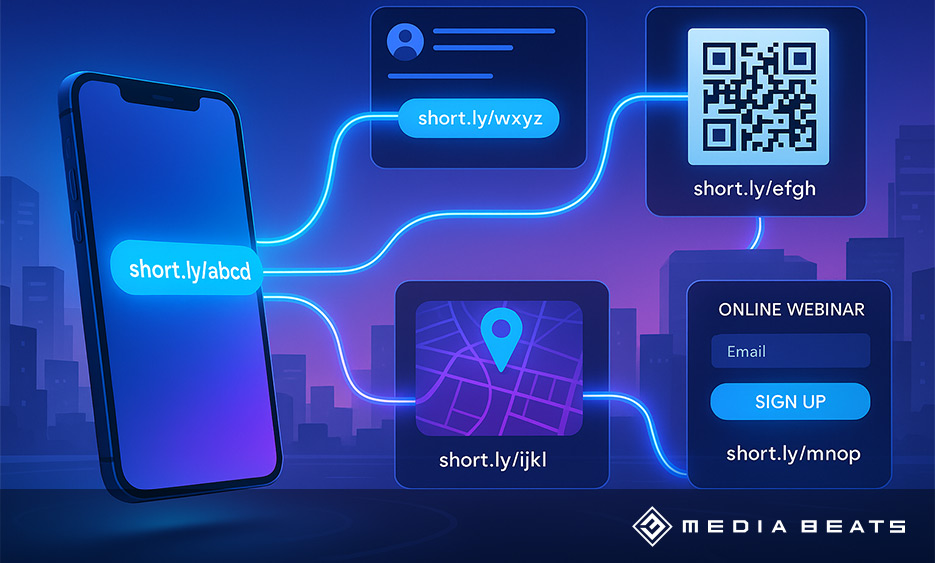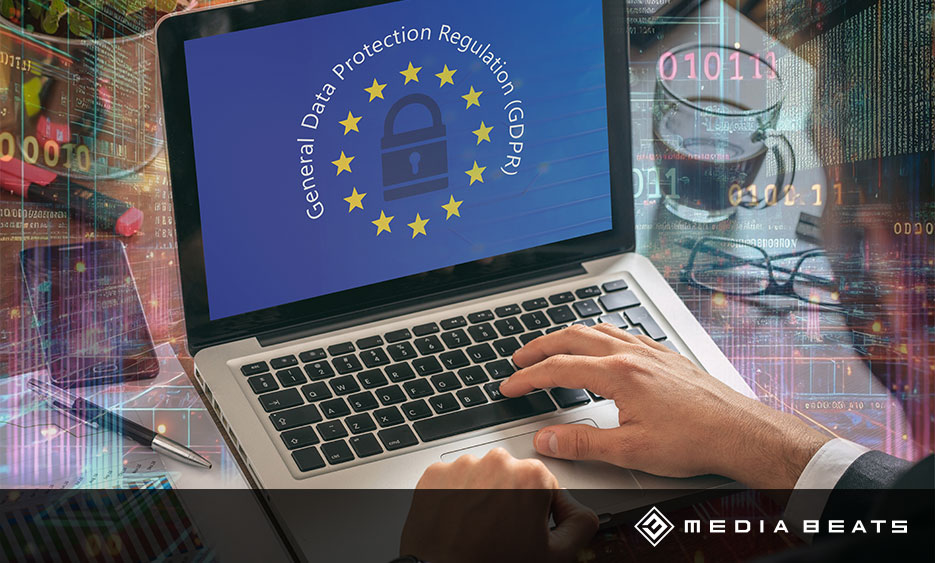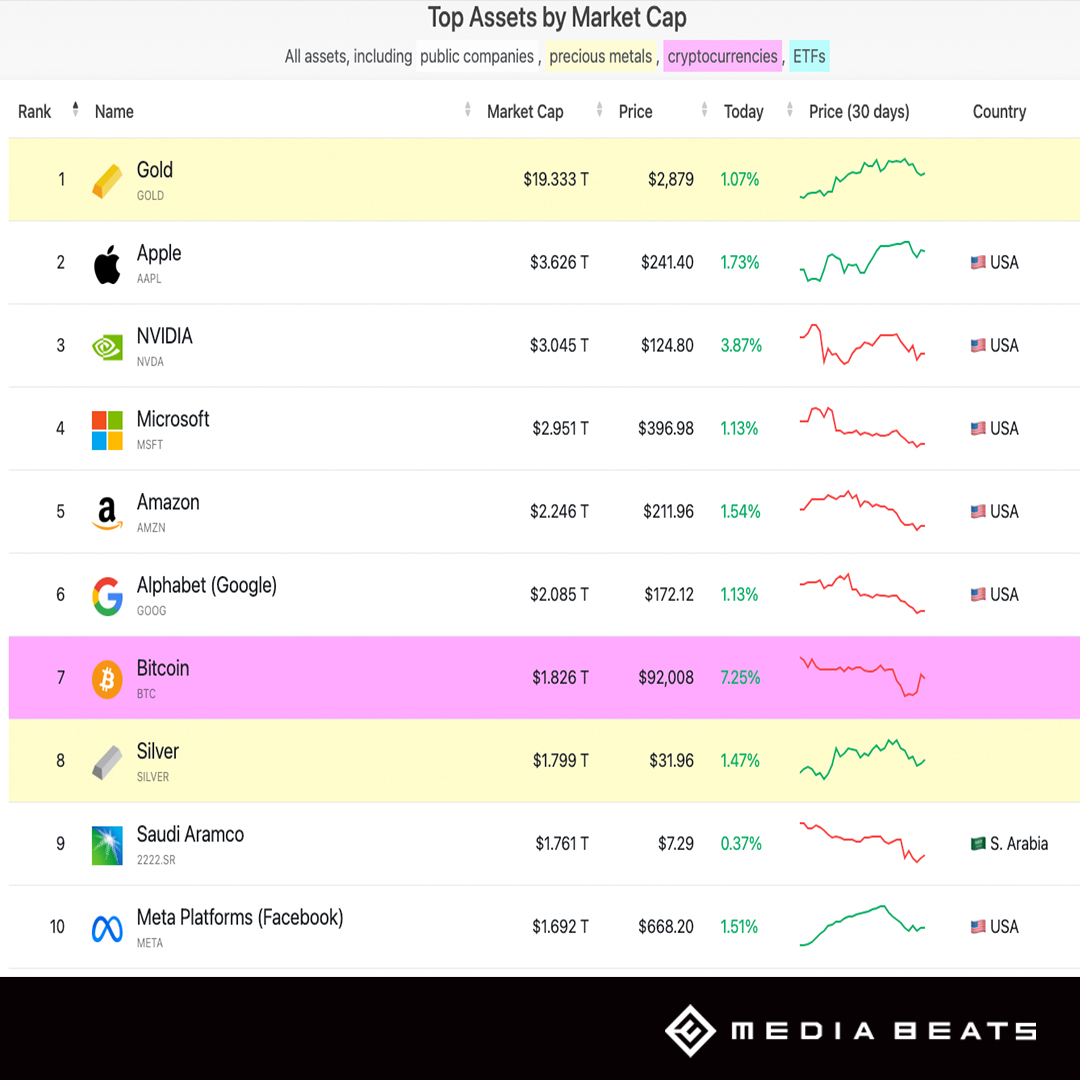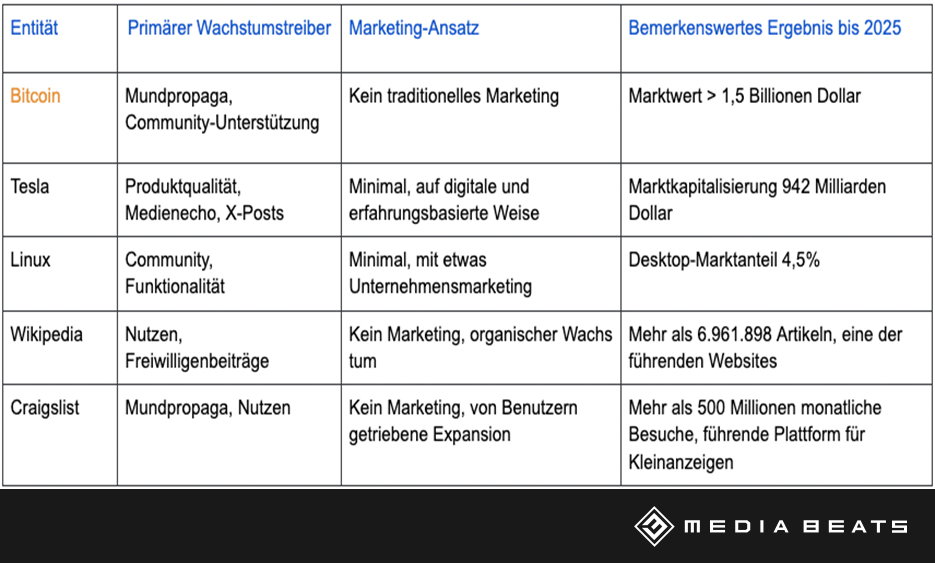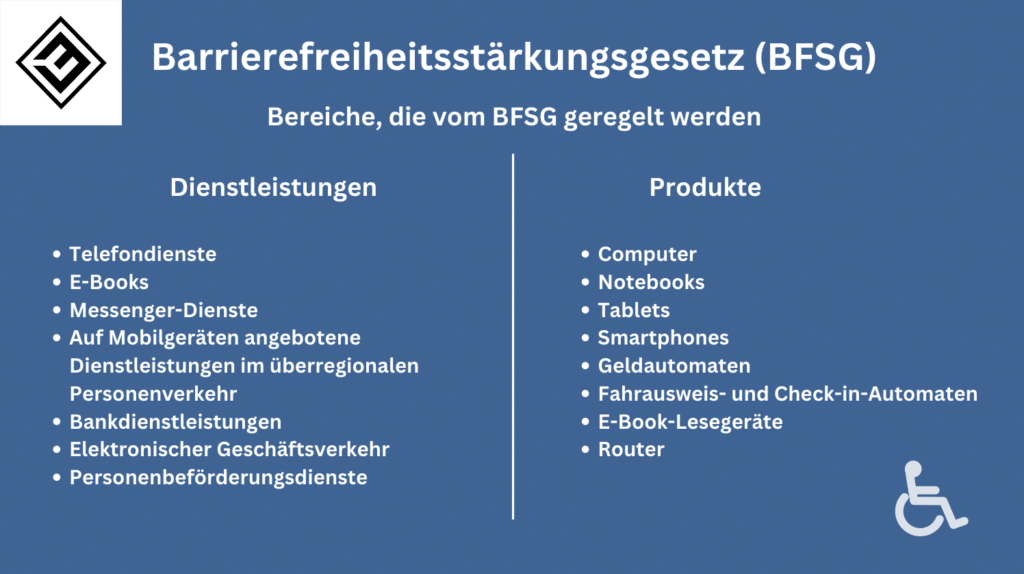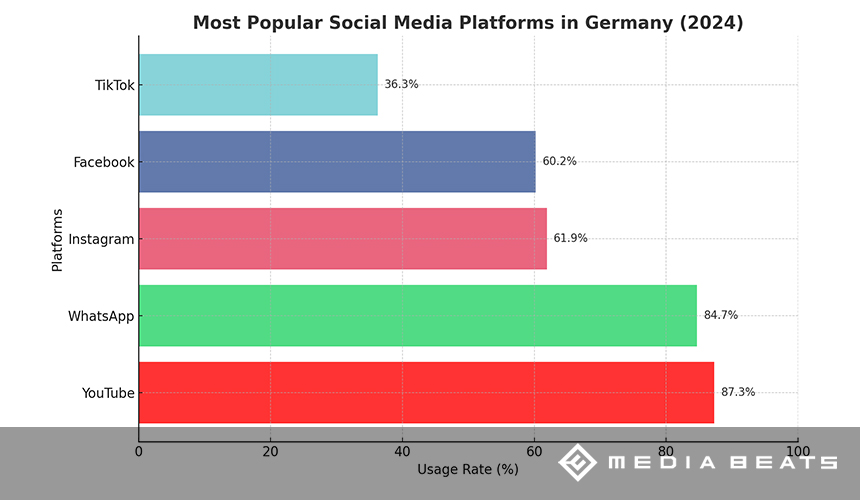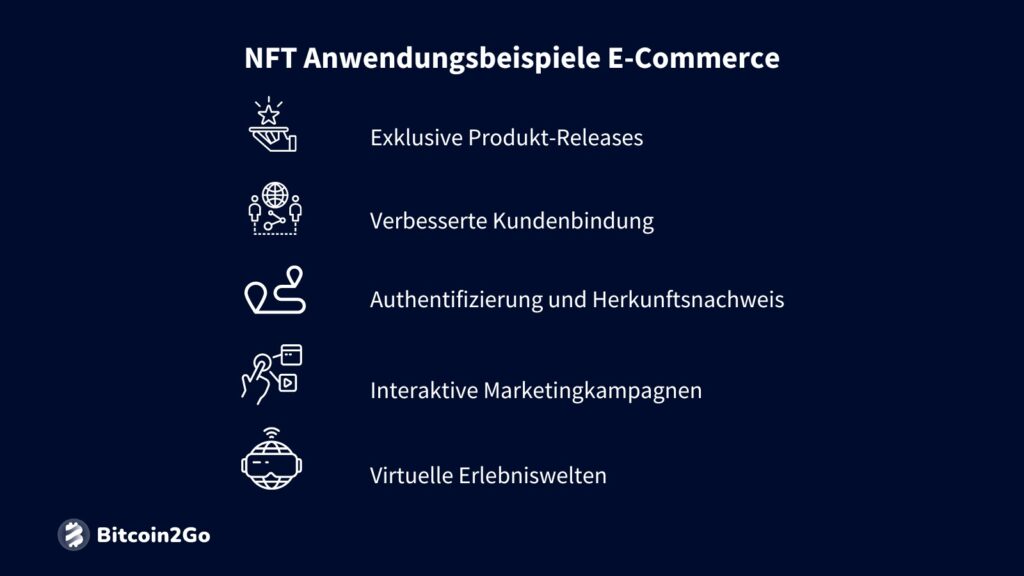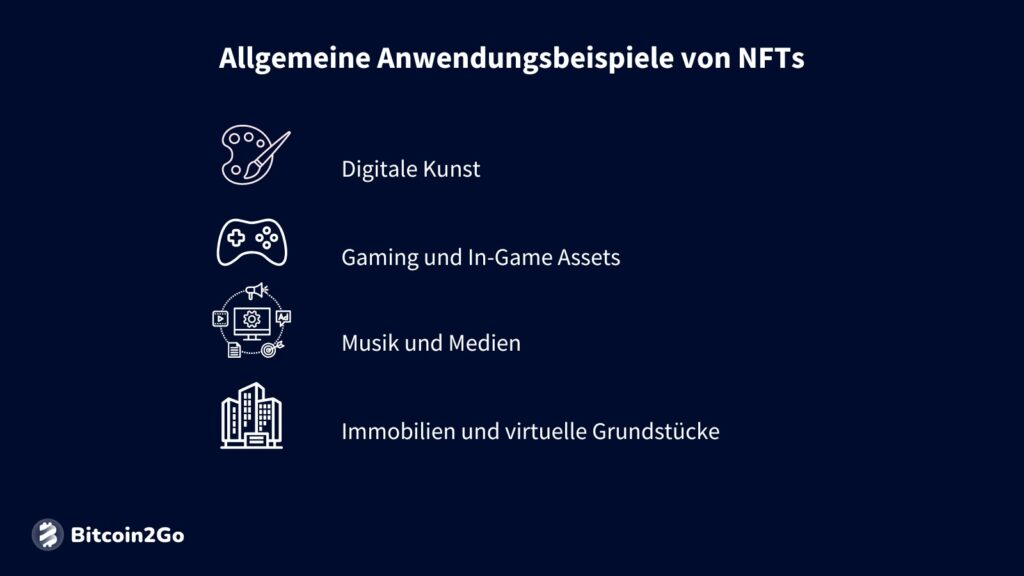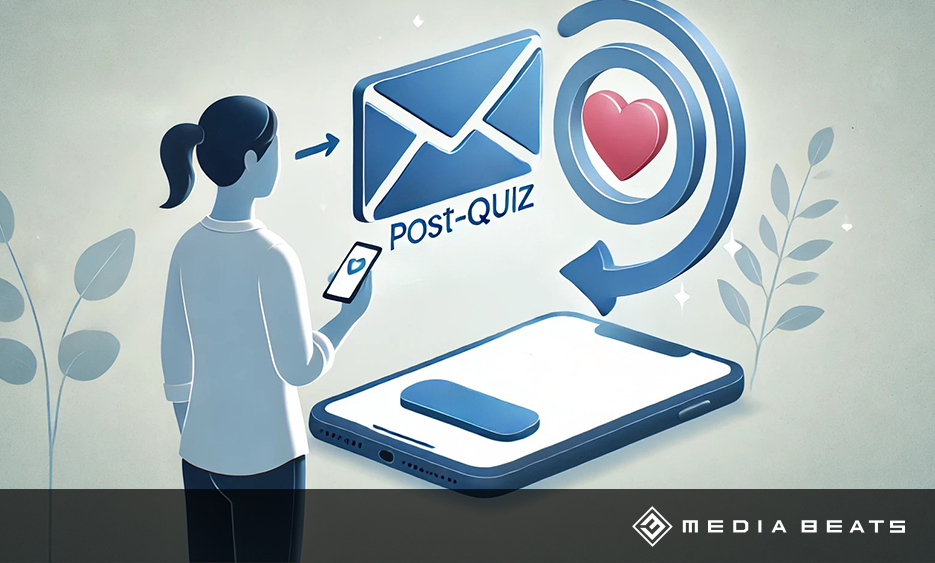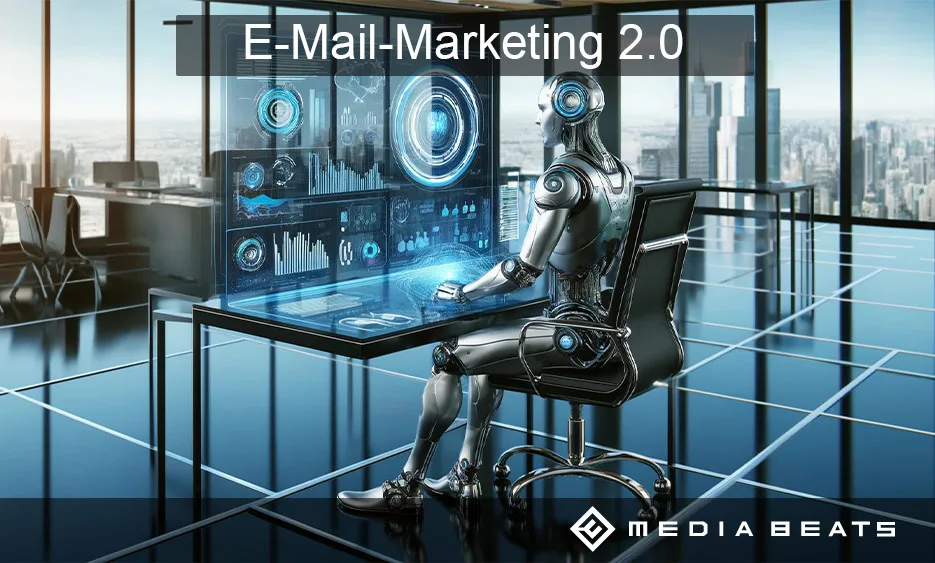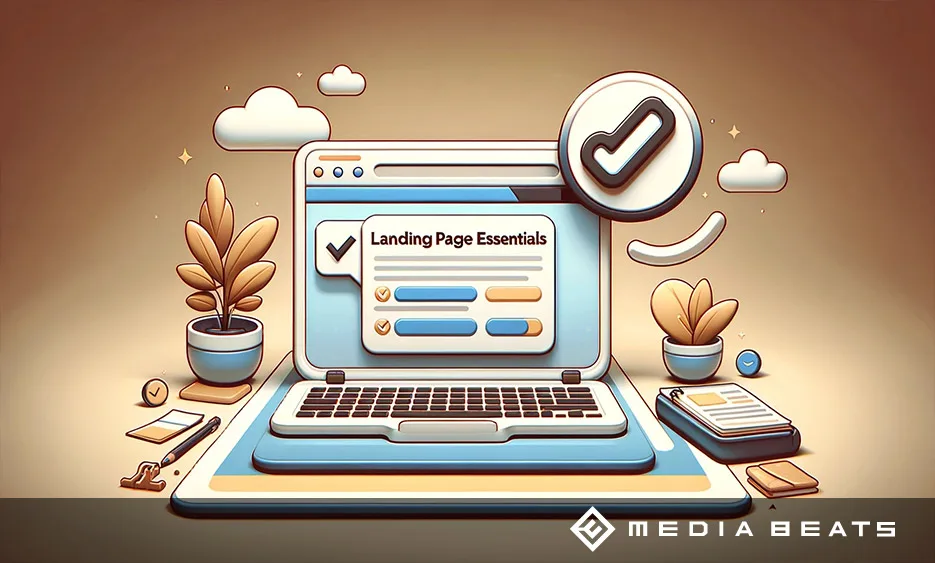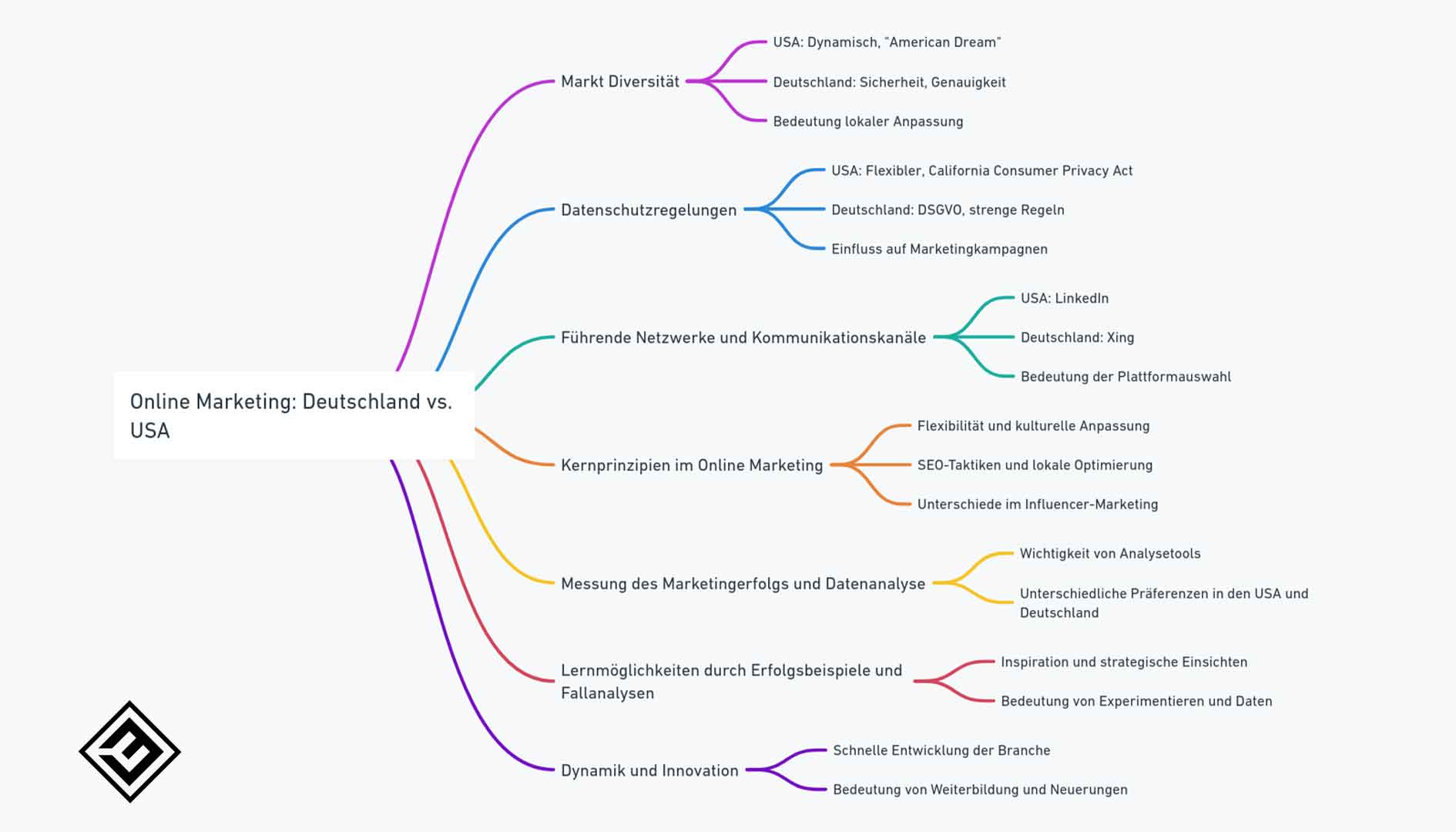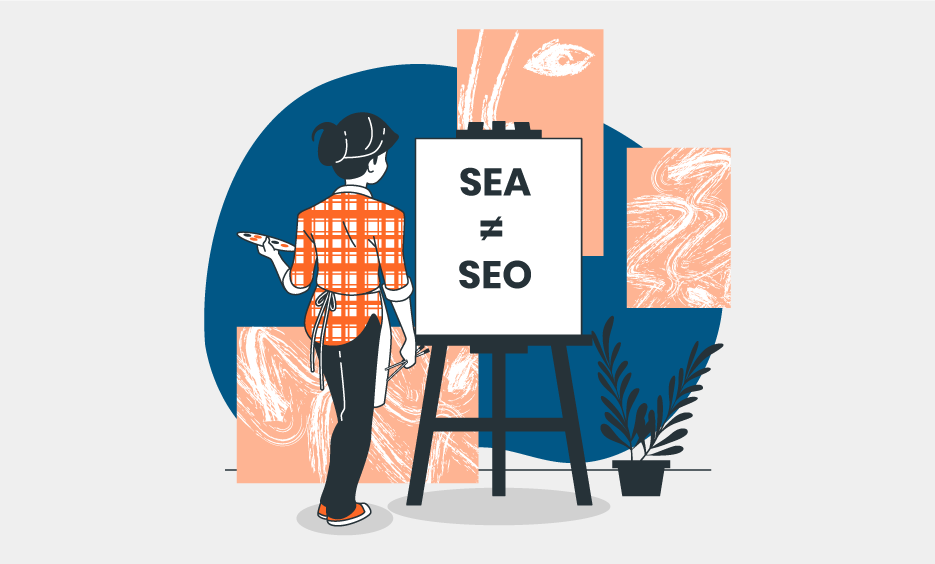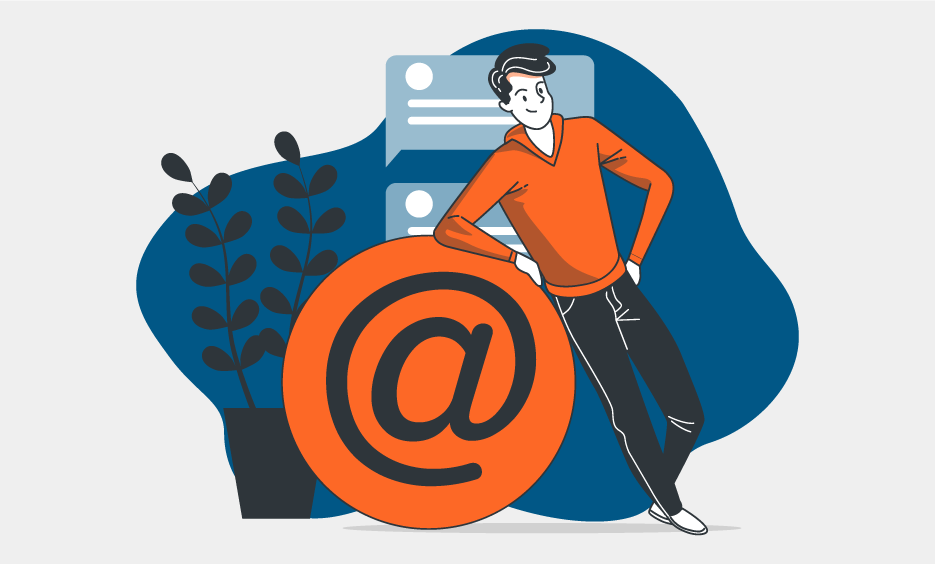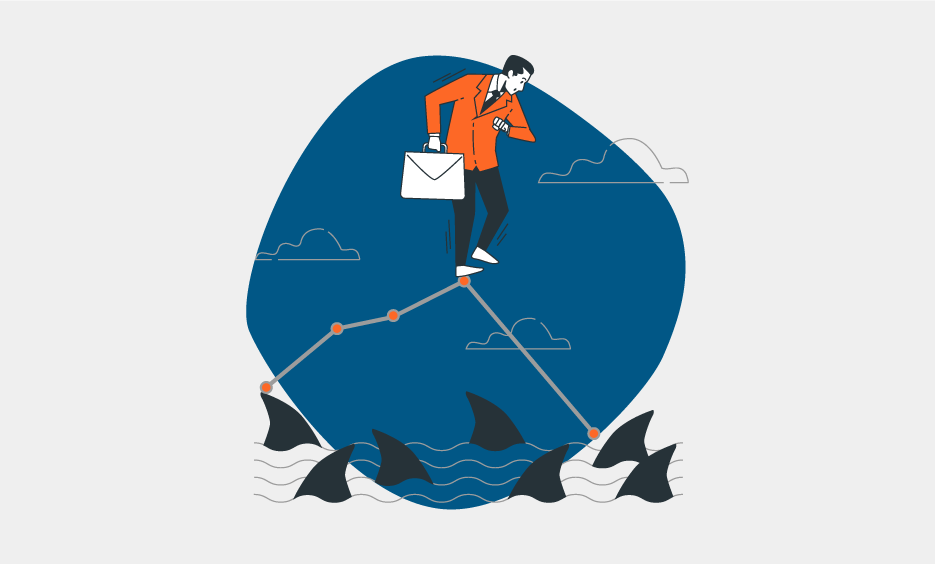
Stablecoins: Innovations for e-commerce and online marketing
Stablecoins were long considered a tool for trading cryptocurrencies. Today, they are an integral part of digital business processes. These digital coins, pegged to real currencies such as the US dollar, offer stable, fast, and cost-effective transactions. They open new opportunities for e-commerce, performance marketing, and global campaigns.
What are stablecoins - and why are they relevant for companies?
Stablecoins are blockchain-based assets whose value is usually pegged to a fiat currency such as the US dollar. Unlike volatile cryptocurrencies like Bitcoin, stablecoins offer price stability. They enable reliable, global real-time payments – without intermediaries or high fees.
What advantages do stablecoins offer in day-to-day business?
- Fast processing: transactions are carried out in seconds - even across borders.
- Low fees compared to credit card payments or bank transfers.
- High transparency and tamper-proof.
- Global reach, even in countries with unstable currencies.
How will the stablecoin market change in 2025?
The stablecoin sector is growing rapidly. Currently, over 208 billion US dollars are in circulation. Forecasts predict up to 2.8 trillion dollars by 2028. Especially international payments, B2B transactions, and e-commerce are gaining importance.
Leading providers
USDT (Tether) and USDC (Circle) dominate the market. New players like PayPal USD (PYUSD) and decentralized options like DAI are gaining importance. Their relevance and usage are especially increasing in the Web3 environment.
Regulatory developments
- USA: New laws such as the GENIUS Act and STABLE Act provide legal certainty.
- EU: MiCA regulation ensures stable framework conditions.
- Asia & UK: Regional regulations promote innovation while minimizing risks.
What role do stablecoins play in e-commerce and online marketing?
Stablecoins influence digital marketing processes—from payment processing to innovative customer loyalty programs. They operate faster, offer more transparency, and are versatile in use.
Concrete fields of application in online marketing
1. Payments in e-commerce
- Shopify, Stripe, & Co. integrate stablecoin payments for worldwide acceptance with low fees.
- Real-time payments improve liquidity and payment cycles.
- Fewer chargebacks thanks to irreversible blockchain transactions.
2. Loyalty and reward programs
- Tokenized loyalty points are based on stablecoins, usable and exchangeable across platforms.
- Smart contracts automate reward distribution and conditions transparently.
3. Micropayments and new revenue models
- Low fees enable pay-per-click, pay-per-view, pay-per-download.
- Direct monetization for content creators and publishers without intermediaries.
4. International campaigns and partner remuneration
- Low fees enable pay-per-click, pay-per-view, pay-per-download.
- Direct monetization for content creators and publishers without intermediaries.
Technical developments drive integration forward
2025 integrate Tether into the Bitcoin and Lightning network for ultra-fast, low-cost payments. Banks develop their own stablecoins and offer custody services. These steps promote mass adoption.
Challenges and risks
- Regulatory differences make compliance more difficult, especially internationally.
- Security aspects concerning wallets, smart contracts, and reserve audits require trustworthy partners.
- Data protection versus transparency: solutions like zero-knowledge proofs could unite privacy and traceability.
Strategic opportunities for companies and agencies
- Strengthening customer loyalty through programmable reward systems
- More efficient cross-border campaign management
- Transparent and measurable payment flows and advertising budgets
- New monetization models with micropayments for publishers and creators
- Future-proof email marketing strategies with dynamic linking of transactions and campaigns
Conclusion: Stablecoins as a key technology in online marketing
Stablecoins are no longer a niche topic but fundamentally shape payments, customer loyalty, and online marketing. Those who leverage the potential early secure competitive advantages through smart loyalty programs, international campaigns, and new monetization models.
Want to know how your company can use stablecoins in e-commerce or online marketing? Get advice from Media Beats GmbH. We develop solutions for your success on the internet.



